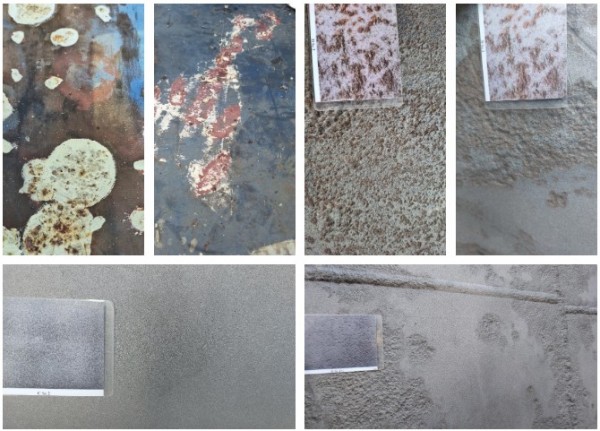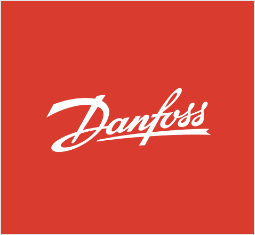Business News Poor surface preparation leading to accelerated corrosion
페이지 정보
작성자 최고관리자 댓글 0건 조회 1,785회 작성일 25-02-18 19:16본문
Poor surface preparation leading to accelerated corrosion
Prepared surfaces, clockwise from top left: Unacceptable. Unacceptable. Barely acceptable. Barely acceptable. Acceptable. Acceptable.
Germany-based protective coatings innovator Steelpaint GmbH is urging shipowner’s shipyards, and port authorities with steel assets to prioritise surface preparation, advising that skimping on this critical step in the application process is leading to premature coating failures, costly repairs, and increased safety risks.
The advisory follows a recent request to apply its single-component, moisture-cure Stelcatec to a steel structure that had not been properly prepared, with high levels of rust and contamination still present.
"We made it clear that without proper surface preparation tools to remove rust and corrosion, and subsequent freshwater washing to disperse salts and other contaminants, there was no point in applying the paint,” said Dmitry Gromilin, Steelpaint’s Chief Technical Supervisor.
"We have seen too many cases where companies have invested in advanced coating systems, only to have them fail prematurely due to inadequate surface preparation. Not only does this lead to accelerated corrosion, and the need for costly reapplication, but any investment in advanced corrosion protection is wasted.”
Gromilin furthered: “One of the most common misconceptions is that a quick wipe-down or solvent wash is sufficient. In reality, contaminants such as rust, grease, salt, and moisture create an invisible barrier between the steel and the coating. Without thorough surface preparation, adhesion is compromised, and the coating will inevitably fail. When this happens, it is not just the paint that deteriorates – steel structures will suffer rapid corrosion, leading to structural weaknesses, safety risks, and costs.”
Steelpaint also reports incidents where asset owners have used low pressure water jet washing to prepare areas prior to coating applications.
“We have seen operators using 300-400bar low pressure water jets to prepare larger, heavily corroded areas, such as tank tops. At the very minimum, 2000bar ultra high-pressure water blasting should be carried out. Anything less means any corrosion protection will be ineffective. Surfaces must be properly prepared,” Gromilin said.
He furthered that preparation challenges are compounded by environmental conditions, such as saltwater environments, high humidity, fluctuating temperatures, and condensation, which can impact application.
This is especially the case when traditional two-component systems are used, which require precise application windows. In tropical climates, for example, dew point restrictions often mean that conventional coatings can only be applied during specific hours of the day.
Steelpaint Director Frank Mueller said by highlighting the importance of this critical preparatory step, “steel asset owners can get the most out of their corrosion protection spend".
“The best coating system in the world will not perform if applied to contaminated, rusty or inadequately prepared steel surfaces,” he said. “Cutting corners in preparation only leads to greater costs down the line. But by adopting best practice in steel preparation and selecting coatings that offer greater flexibility in real-world conditions, steel assets can remain protected for longer, reducing operational and maintenance costs in the long term.”
While acknowledging that the perfect surface preparation is seldom achieved, Steelpaint’s Stelcatec system has been developed to be applied to the minimum SSPC SP2 standard using non-powered hand tools such as wire brushes, scrapers, and sandpaper. This is the minimal standard.
The one-component Stelcatec coating can also tolerate light flash rust and can be applied on damp surfaces, significantly reducing downtime for critical infrastructure such as cargo tanks, ship-to-shore cranes, and other steel assets operating where extended maintenance shutdowns are not an option. It also provides longer corrosion protection at a lower film thickness, and can be applied at 98% relative humidity (RH) at temperatures ranging -5°C to 50°C
■ Contact: Steelpaint GmbH www.steelpaint.de/en/













